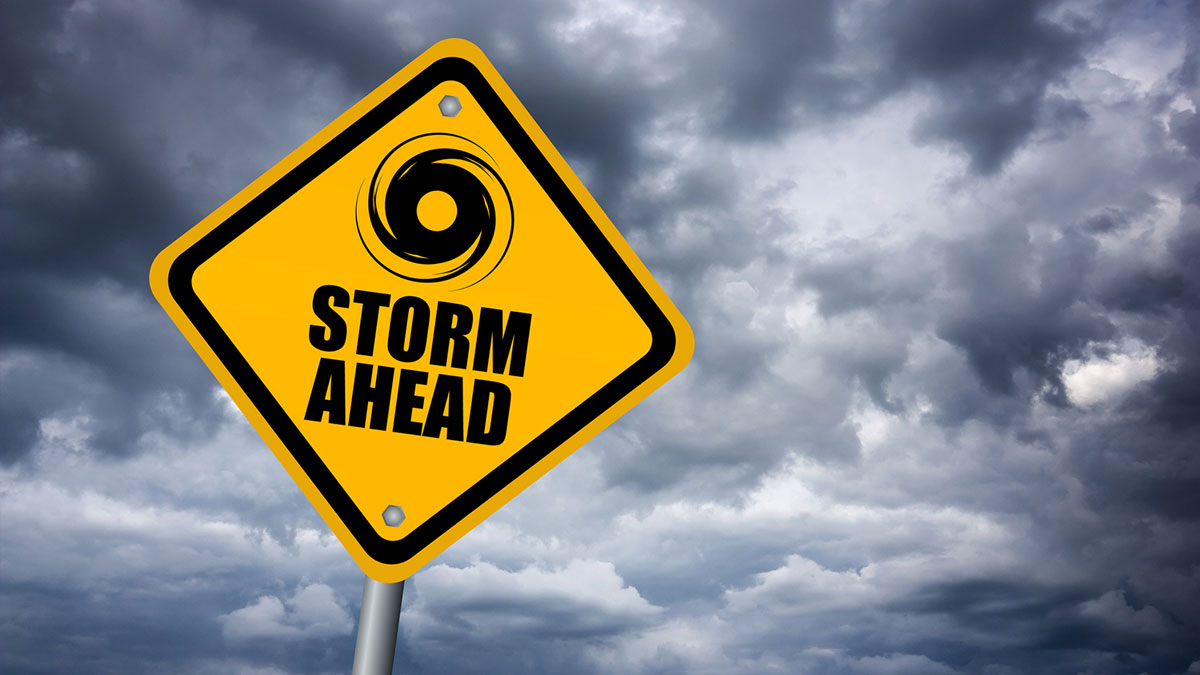Emergency Supplies for Earthquake Preparedness
 Stock up now on emergency supplies that can be used after an earthquake. These supplies should include a first aid kit, survival kits for the home, automobile, and workplace, and emergency water and food. Store enough supplies to last at least 3 days.
Stock up now on emergency supplies that can be used after an earthquake. These supplies should include a first aid kit, survival kits for the home, automobile, and workplace, and emergency water and food. Store enough supplies to last at least 3 days.
First Aid Kit
Store your first aid supplies in a tool box or fishing tackle box so they will be easy to carry and protected from water. Inspect your kit regularly and keep it freshly stocked. NOTE: Important medical information and most prescriptions can be stored in the refrigerator, which also provides excellent protection from fires.
Drugs/Medications
Dressings
Other First Aid Supplies
Survival Kit for Your Home
Assemble a survival kit for your home with the following items:
Tools and supplies
Items for safety and comfort
Survival Kit for Your Automobile
Assemble a survival kit for your automobile with the following items. Storing some of these supplies in a small bag or backpack will make them more convenient to carry if you need to walk.
Survival Kit for Your Workplace
Assemble a survival kit for the workplace with the following supplies:
 Stock up now on emergency supplies that can be used after an earthquake. These supplies should include a first aid kit, survival kits for the home, automobile, and workplace, and emergency water and food. Store enough supplies to last at least 3 days.
Stock up now on emergency supplies that can be used after an earthquake. These supplies should include a first aid kit, survival kits for the home, automobile, and workplace, and emergency water and food. Store enough supplies to last at least 3 days.First Aid Kit
Store your first aid supplies in a tool box or fishing tackle box so they will be easy to carry and protected from water. Inspect your kit regularly and keep it freshly stocked. NOTE: Important medical information and most prescriptions can be stored in the refrigerator, which also provides excellent protection from fires.
Drugs/Medications
- Hydrogen peroxide to wash and disinfect wounds
- Antibiotic ointment
- Individually wrapped alcohol swabs
- Aspirin and non-aspirin tablets
- Prescriptions and any long-term medications (keep these current)
- Diarrhea medicine
- Eye drops
Dressings
- Bandage strips
- Ace bandages
- Rolled gauze
- Cotton-tipped swabs
- Adhesive tape roll
Other First Aid Supplies
- First aid book
- Scissors
- Tweezers
- Thermometer
- Bar soap
- Tissues
- Sunscreen
- Paper cups
- Pocket knife
- Small plastic bags
- Safety pins
- Needle and thread
- Instant cold packs for sprains
- Sanitary napkins
- Splinting materials
Survival Kit for Your Home
Assemble a survival kit for your home with the following items:
Tools and supplies
- ax, shovel, broom
- screwdriver, pliers, hammer, adjustable wrench
- rope for towing or rescue
- plastic sheeting and tape
Items for safety and comfort
- sturdy shoes that can provide protection from broken glass, nails, and other debris
- gloves (heavy and durable for cleaning up debris)
- candles
- waterproof matches
- change of clothing
- knife
- garden hose (for siphoning and firefighting)
- tent
- recreational supplies for children and adults
- blankets or sleeping bags
- portable radio, flashlight, and extra batteries
- essential medications and eyeglasses
- fire extinguisher -- multipurpose, dry chemical type
- food and water for pets
- toilet tissue
- cash
Survival Kit for Your Automobile
Assemble a survival kit for your automobile with the following items. Storing some of these supplies in a small bag or backpack will make them more convenient to carry if you need to walk.
- Blankets
- Bottled water
- Change of clothes
- Coins for telephone calls
- Fire extinguisher -- multipurpose, dry chemical type
- First aid kit and manual
- Emergency signal device (light sticks, battery-type flasher, reflector, etc.)
- Flashlight with fresh batteries
- Food (nonperishable -- nutrition bars, trail mix, etc.)
- Gloves
- Local map and compass
- Rope for towing, rescue, etc.
- Paper and pencils
- Premoistened towelettes
- Prescription medicines
- Battery-operated radio with fresh batteries
- Small mirror for signaling
- Toilet tissue
- Tools (pliers, adjustable wrench, screwdriver, etc.)
- Whistle for signaling
- Jumper cables
- Duct tape
Survival Kit for Your Workplace
Assemble a survival kit for the workplace with the following supplies:
- Food (nonperishable -- nutrition bars, trail mix, etc.)
- Bottled water
- Jacket or sweatshirt
- Pair of sturdy shoes
- Flashlight with fresh batteries
- Battery-operated radio with fresh batteries
- Essential medications
- Blanket
- Small first aid kit
- Extra pair of eyeglasses and/or contact lens solution
- Whistle or other signaling device
